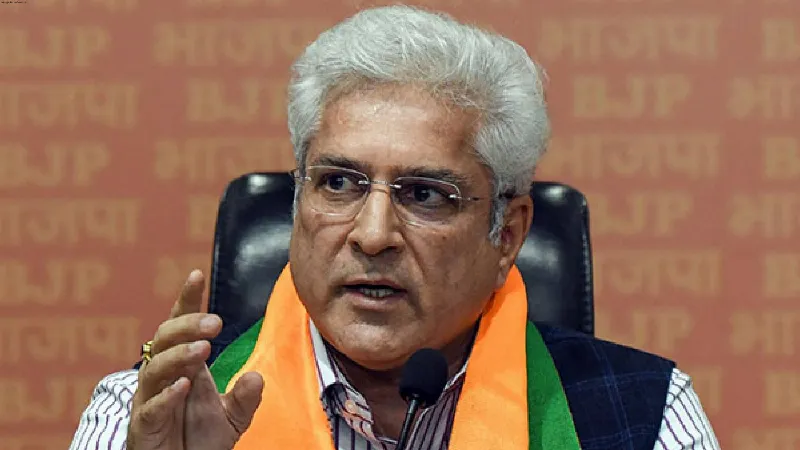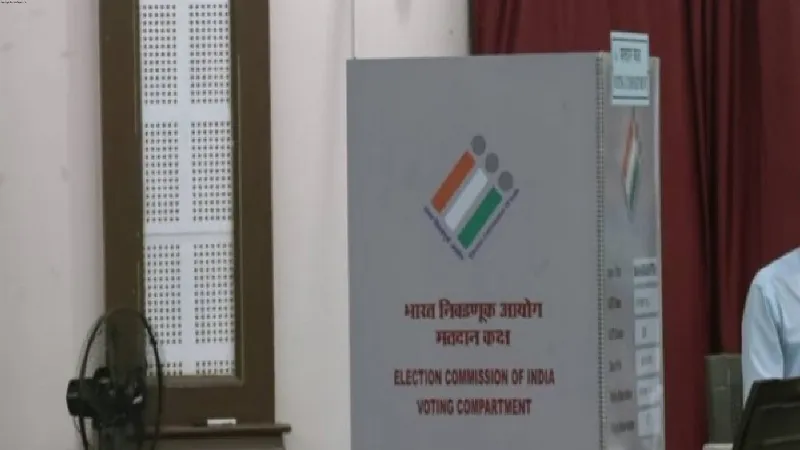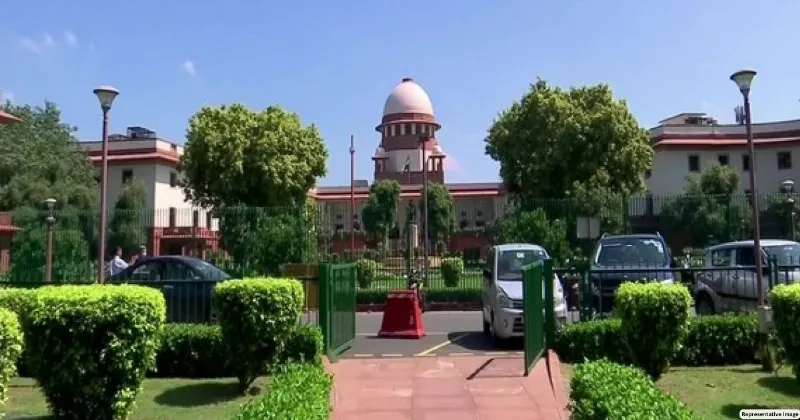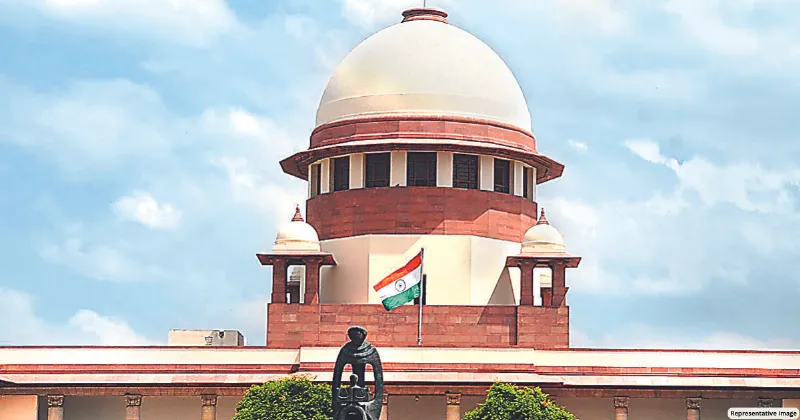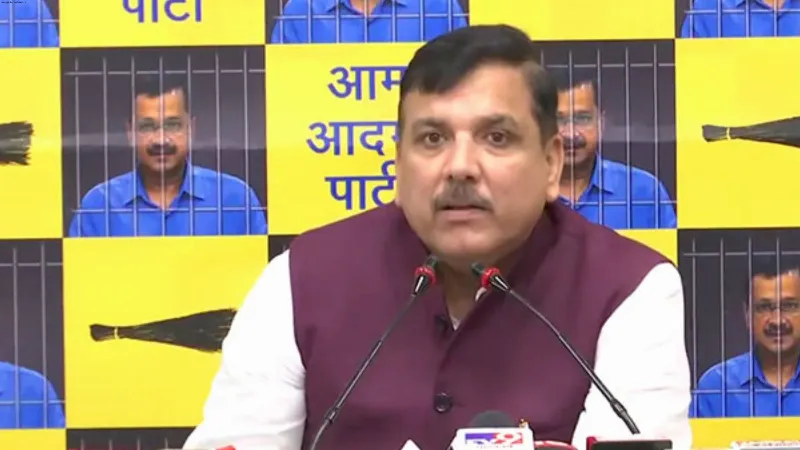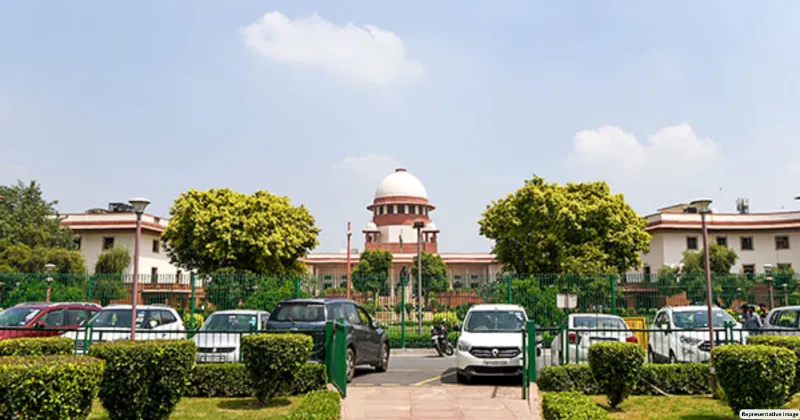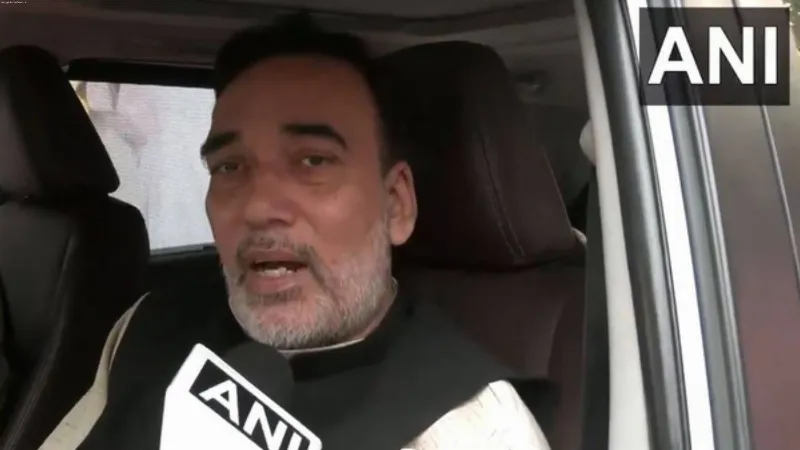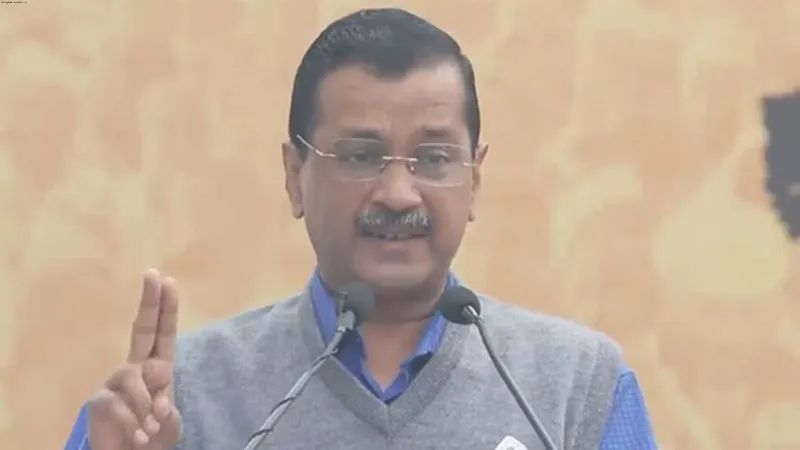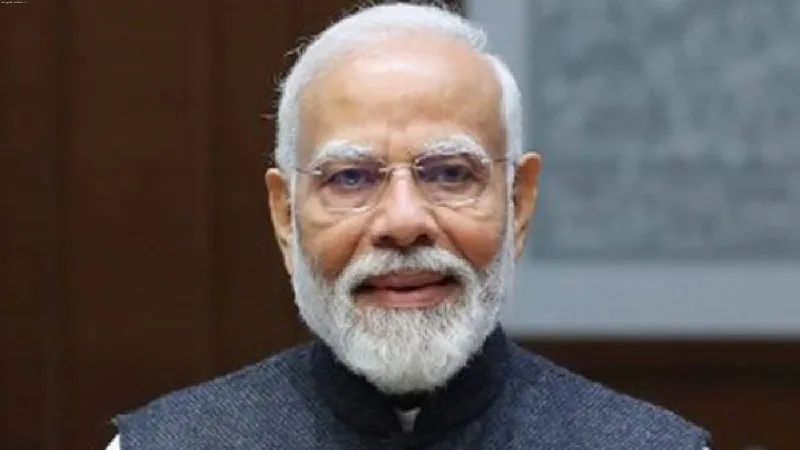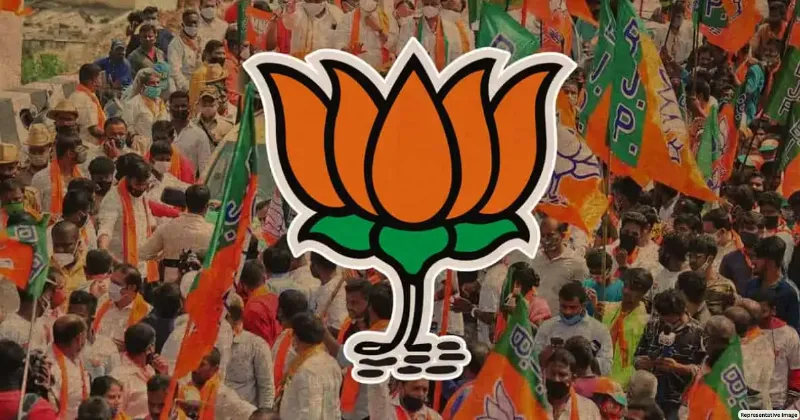Latest News
RBI maintains repo rate but raises inflation forecast; experts have this to say

New Delhi: The Reserve Bank of India in its three-day monetary policy committee meeting unanimously decided to keep the repo rate unchanged at 6.5 per cent – for the third time in a row, something most financial market experts had expected.
The repo rate is the rate of interest at which RBI lends to other banks.
RBI typically conducts six bi-monthly meetings in a financial year, where it decides interest rates, money supply, inflation outlook, and various macroeconomic indicators. The ongoing three-day and the third meeting of 2023-24 started on Tuesday.
“The cumulative rate hike of 250 basis points undertaken by the MPC is working its way into the economy. Nonetheless, domestic economic activity is holding up well and is likely to retain its momentum, despite weak external demand. Considering this confluence of factors, the MPC decided to remain watchful and evaluate the emerging situation. Consequently, the MPC decided to keep the policy repo rate unchanged at 6.50 per cent with preparedness to act, should the situation so warrant,” Shaktikanta Das said after the monetary policy meeting.
He said the committee remains resolute in its commitment to aligning inflation to the 4 per cent target and anchoring inflation expectations.
The Reserve Bank of India today upwardly revised the country’s retail inflation projections for 2023-24 at 5.4 per cent, against 5.1 per cent it projected in its previous monetary policy meeting in June. Assuming a normal monsoon, retail inflation is revised to 5.4 per cent, with Q2 at 6.2 per cent (above RBI’s 6 per cent upper tolerance band), Q3 at 5.7 per cent and Q4 at 5.2 per cent. Retail inflation for Q1 2024-25 is projected at 5.2 per cent.
The upward revision in the inflation outlook comes after retail inflation in India rose considerably in June to 4.81 per cent, largely due to a sharp spurt in vegetable prices – including tomatoes. Besides vegetables, meat and fish; eggs; pulses and products; spices indices too saw an uptick. Back in May, the retail inflation was at a two-year low of 4.25 per cent. It was at 4.7 per cent in April and 5.7 per cent the previous month.
“The month of July has witnessed accentuation of food inflation, primarily on account of vegetables. The spike in tomato prices and further increase in prices of cereals and pulses have contributed to this. Consequently, a substantial increase in headline inflation would occur in the nearterm,” said Das.
Under the flexible inflation targeting framework, the RBI is mandated to maintain the retail inflation in the 2-6 per cent range. The RBI is deemed to have failed in managing price rises if the CPI-based inflation is outside the 2-6 per cent range for three quarters in a row.
Following are some of the views of analysts and experts on today’s monetary policy outcome:
India Ratings and Research (Ind-Ra):
The RBI is expected to maintain a status quo on repo rate in the near term. Although RBI’s FY24 inflation forecast looks realistic, GDP growth forecast appears to be somewhat optimistic. RBI Governor has been articulating that war on inflation will continue till CPI inflation comes close to 4.0 per cent on a durable basis. Thus repo rate may not come down from the current level even during the early months of FY25 as the projected CPI inflation for 1QFY25 is 5.2 per cent and real GDP growth 6.6 per cent. This simply means brace for a long pause on repo rate.
Prashant Pimple, Chief Investment Officer - Fixed Income Baroda BNP Paribas Mutual Fund:
Inflation is expected to stay above RBI target band of 4 per cent (+/- 2 per cent) in the near term due to spike in vegetable prices which seems to be seasonal and El Nino effect which can have slightly longer impact.
Anuj Puri, Chairman - ANAROCK Group:
This is nothing but good news for aspiring homebuyers on the market for a purchase in the near future. The unchanged repo rate will help maintain the momentum in housing sales - particularly in the mid and luxury segments, which did significantly well in H1 2023.
Subhrakant Panda, President, FICCI:
RBI has adopted a balanced approach by maintaining status quo on policy rates which will support growth while targeting inflation which has inched up recently. The outlook remains clouded due to possible El Niño conditions, and tough global outlook calls for careful monitoring even as the policy stance remains withdrawal of accommodation while allowing previous interventions to flow through the system.
Dhiraj Relli, MD and CEO, HDFC Securities:
RBI is expected to maintain close vigil on the evolving inflation outlook and is focused to keep inflation expectations firmly anchored at its primary target of 4 per cent, though the task seems daunting. We think the central bank seems to have fewer concerns about growth rather than uncertainty around the inflation outlook. We expect rate cut perhaps in Q1FY25 but that would be data dependent.
Manoranjan Sharma, Chief Economist, Infomerics Ratings:
This Policy is on expected lines. Low global growth is on because of geo-politics-high inflation, deteriorating financial conditions, Russia Ukraine war and growing economic fragmentation. The financial system is constrained by higher inflation, rising interest rates and stress in financial markets.
Rajani Sinha, Chief Economist, CareEdge:
RBI’s decision to maintain the status quo on the policy rate was on the expected lines. However, it sounded more cautious than the last two meetings, with a significant upward revision in the inflation numbers for the upcoming quarters. Given the transient nature of the seasonal shocks, the RBI will wait for more data points to evaluate the emerging inflation dynamics and will likely look through any temporary rise in inflationary pressures in the near term. With the steep upward revision in the inflation projections, the expectation of a rate cut is pushed further to the next fiscal.
Dharmakirti Joshi, Chief Economist, CRISIL:
The spike in vegetable inflation is a recurrent, and often transient, phenomenon and the central bank can afford to look through it. But high foodgrain inflation, amid threat from weather and global developments, is difficult to ignore, given its higher weight in the CPI basket. Although repo rate hikes cannot directly impact supply-side driven food inflation, it becomes a concern if it sustains and spills over to other components, and steers headline inflation away from the goal. So fingers crossed on this. A 25 bps rate cut in the January-March 2024 quarter is, therefore, a conditional possibility for now.
Anurag Mathur, CEO, Savills India:
The stable repo rate will augur well for enhancing consumer confidence in the real estate market which, in turn, can help boost housing sales velocity especially during the upcoming festive season which is considered auspicious for buying homes.


